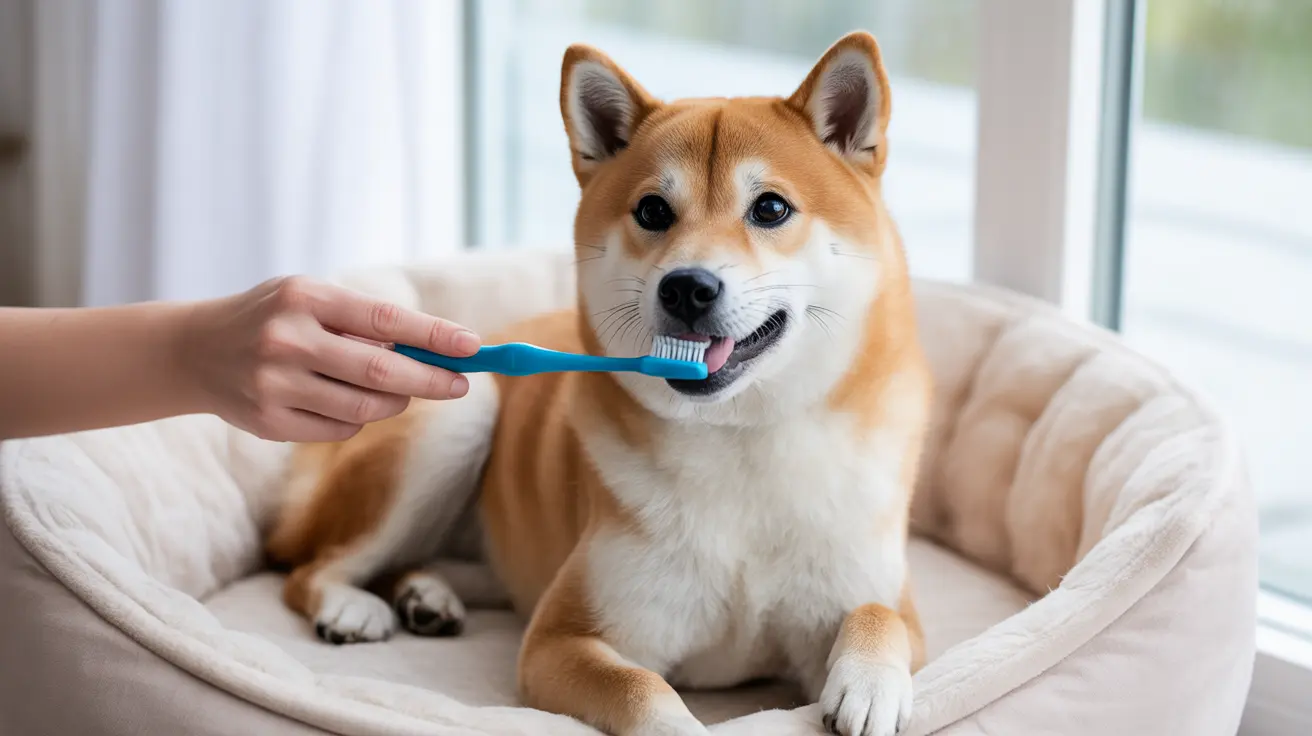If you've noticed your dog missing teeth, you're not alone. Tooth loss in dogs is a common issue that can stem from various causes, ranging from periodontal disease to injury. Understanding why dogs lose teeth and how to prevent dental problems is crucial for maintaining your pet's overall health and well-being.
In this comprehensive guide, we'll explore the main reasons behind missing teeth in dogs, discuss prevention strategies, and outline the importance of proper dental care for your furry friend.
Common Causes of Missing Teeth in Dogs
Dogs can lose teeth for several reasons, with periodontal disease being the most prevalent cause. This progressive condition affects the structures supporting the teeth, including the gums, bone, and periodontal ligament. When left untreated, it can lead to tooth loosening and eventual loss.
Other significant causes include:
- Congenital absence (born without certain teeth)
- Traumatic injuries from chewing hard objects
- Retained baby teeth requiring extraction
- Advanced dental decay requiring professional removal
Impact of Periodontal Disease
Periodontal disease begins with plaque buildup along the gum line, which hardens into tartar if not removed regularly. This condition affects up to 80% of dogs by age three, making it a serious concern for pet owners.
The progression typically follows these stages:
- Initial plaque accumulation
- Tartar formation
- Gingivitis development
- Advanced periodontitis
- Eventual tooth loss
Identifying Dental Problems Early
Watch for these warning signs that might indicate your dog is developing dental issues:
- Bad breath (halitosis)
- Bleeding or swollen gums
- Difficulty eating or chewing
- Visible tartar buildup
- Loose or missing teeth
- Pawing at the mouth
Prevention and Home Care Strategies
Preventing tooth loss starts with proper dental hygiene at home. Regular brushing with dog-specific toothpaste is the gold standard for preventing dental disease. Aim to brush your dog's teeth at least 2-3 times per week, though daily is ideal.
Additional preventive measures include:
- Using dental chews and toys
- Providing appropriate chewing materials
- Adding dental water additives
- Scheduling regular veterinary checkups
Professional Dental Care
Professional veterinary dental care is essential for maintaining your dog's oral health. Regular cleanings under anesthesia allow for thorough examination and cleaning both above and below the gum line. Your veterinarian can also identify and address potential problems before they lead to tooth loss.
Managing Dogs with Missing Teeth
If your dog has already lost teeth, proper management is crucial. Most dogs adapt well to missing teeth, but you may need to make some adjustments:
- Softening dry food with water
- Choosing appropriate-sized kibble
- Monitoring eating habits
- Maintaining regular dental check-ups
Frequently Asked Questions
Why is my dog missing teeth and what are the most common causes?
Dogs most commonly lose teeth due to periodontal disease, which affects the supporting structures of the teeth. Other causes include traumatic injuries, congenital absence (being born without certain teeth), and necessary extractions due to severe decay or infection.
How can periodontal disease lead to tooth loss in dogs?
Periodontal disease progresses from plaque buildup to tartar formation, leading to gingivitis and eventually periodontitis. This progression damages the supporting structures of the teeth, causing them to become loose and eventually fall out or require extraction.
What signs should I look for if my dog has dental problems or missing teeth?
Look for bad breath, bleeding or swollen gums, difficulty eating, visible tartar buildup, loose teeth, and behavioral changes like pawing at the mouth or reluctance to eat. These can all indicate dental problems that may lead to tooth loss.
How can I prevent tooth loss and dental disease in my dog at home?
Regular tooth brushing, using dental chews and toys, providing appropriate chewing materials, and maintaining good oral hygiene are essential preventive measures. Additionally, schedule regular veterinary dental checkups for professional cleaning and assessment.
What should I expect from professional veterinary dental care for a dog with missing teeth?
Professional care typically includes a thorough examination, dental X-rays to assess tooth roots and bone health, cleaning under anesthesia, and possibly extractions if necessary. Your veterinarian will also provide guidance on home care and dietary adjustments if needed.






